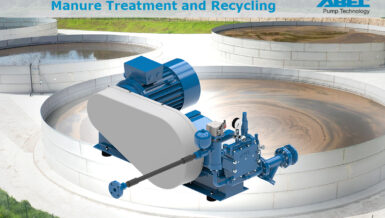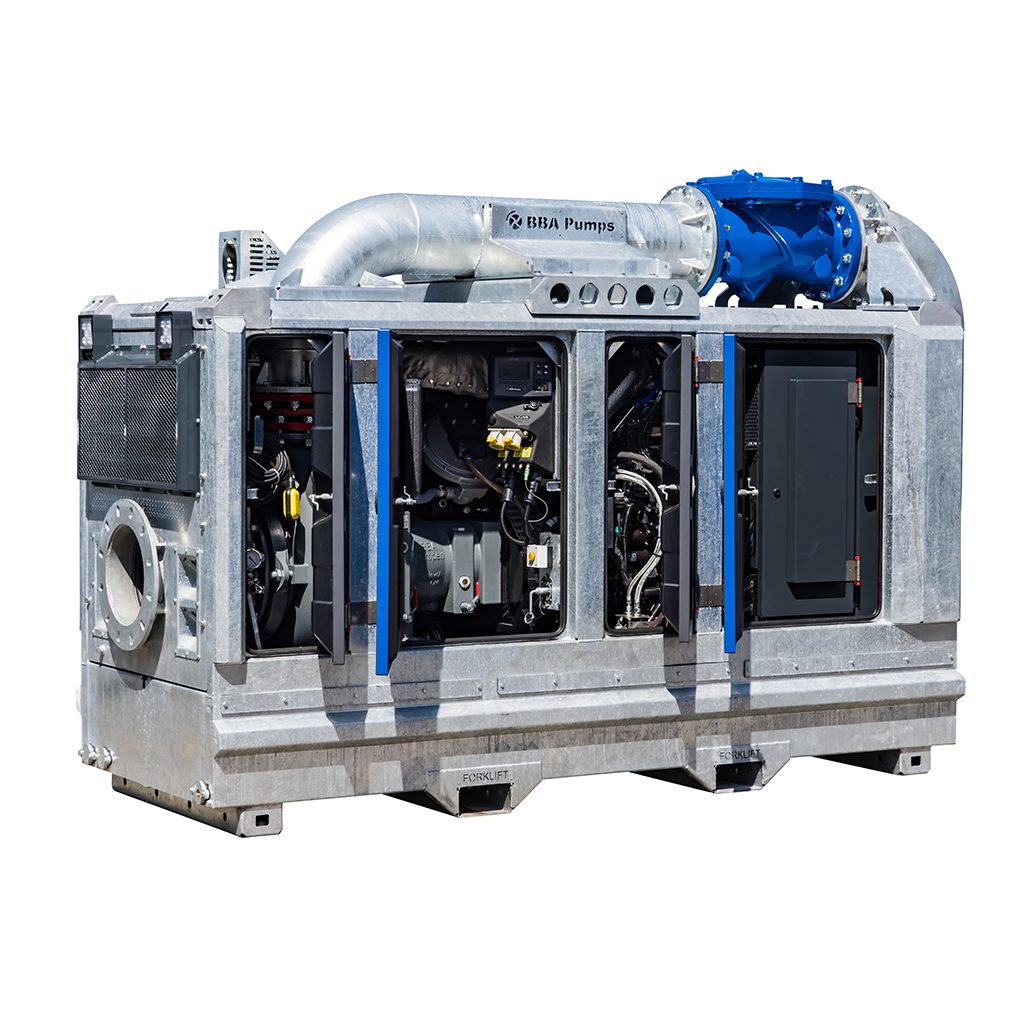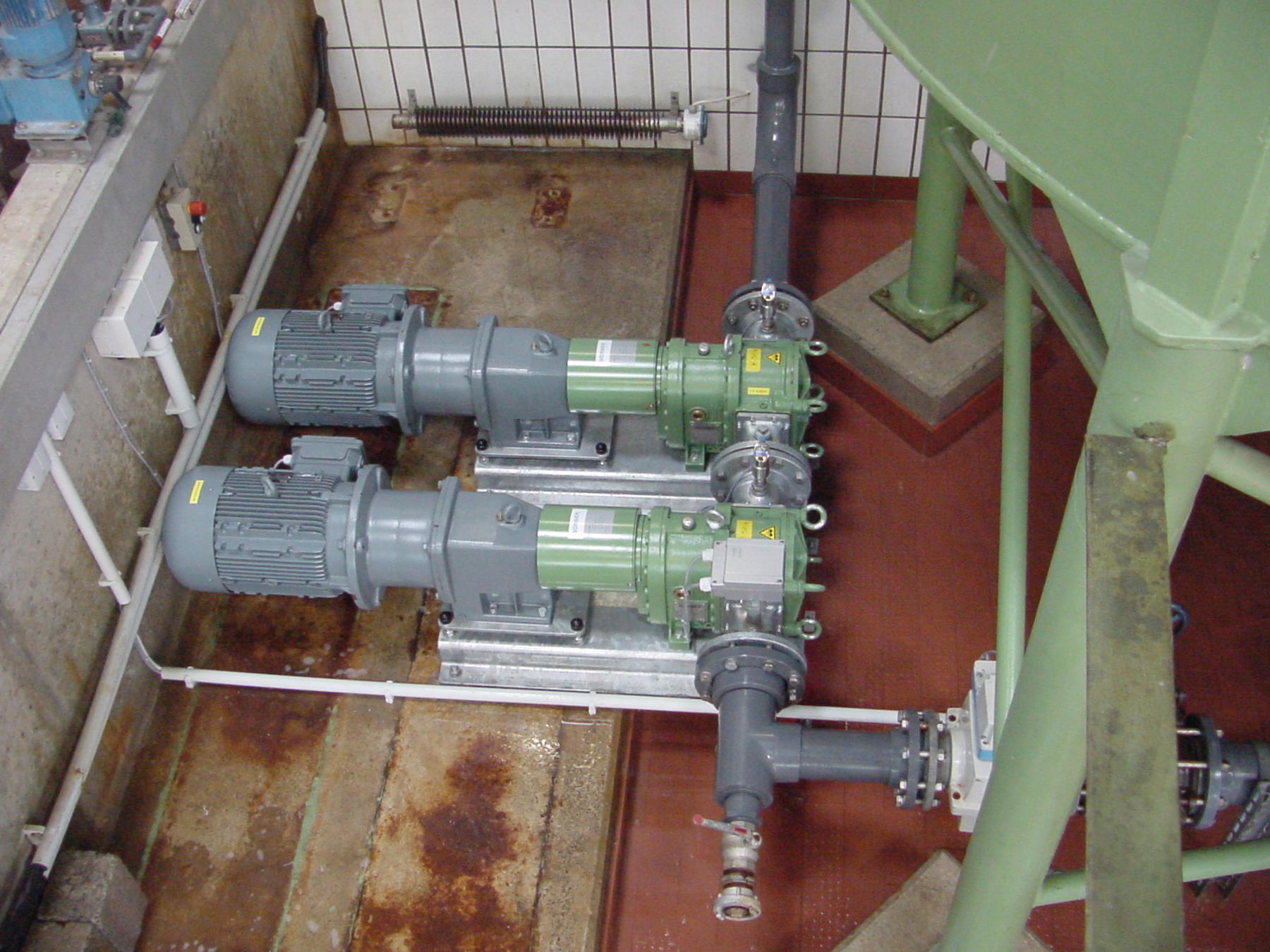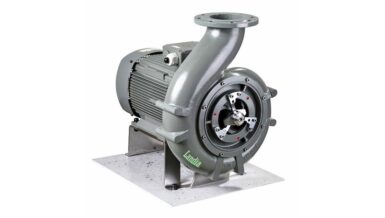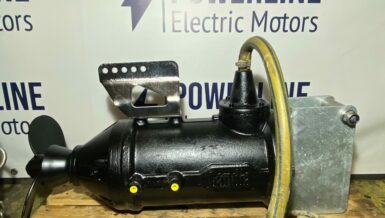Oncoland Farm (part of The Billings Group) had been experiencing problems with the mixers that were installed when the gas-to-grid AD plant was built in 2020 as part of its continuing diversification. Traditionally, a mixed farm of arable, dairy and beef, Oncoland has successfully added hops, vines and renewable energy to its portfolio as part of its drive towards Net Zero. However, as Plant Manager, Carl Woolley discovered, the mixers that were included as part of the package deal, were unsuitable for the feedstock that combines the farm’s cattle slurry with waste from vegetables grown at the 2500-acre site, such as cabbage, potatoes and carrots. Oncoland’s feedstock also includes waste pomegranate and mango that is first sent though a hammer mill.
“The mixers would have probably been fine for a standard mix or maize and slurry,” said Carl, “but for a plant such as ours with varying types of waste, you need much sturdier equipment. Only six months in to us producing biogas, we started to see that the submersible mixers were beginning to fail due to the ingress of water. Although the separate, paddle mixers in the digesters continued to do their job, over time, the submersible mixers, one-by-one, gave up the ghost”.
Working closely with James Gorridge at Mid-Kent Electrical Engineering (MKE), Carl looked at how best to resolve the issue with the submersible mixers and get the plant to its optimum operation.
“We weighed up the costs of retrieving the faulty mixers for repair and rewinding,” said James Gorridge, “but we both knew how disruptive that would be to the whole process, and the fact that we’d be fixing equipment that was inevitably going to fail again in only a short period of time”.


‘More cost-effective and reliable in the long term’
Carl Woolley added: “Removing the submersible mixers would have first involved waiting for dry, calm weather and hiring in a crane. Then, two full days of arduous work and a huge amount of downtime in halting the biogas process, emptying the digesters, and then starting everything up again. We both went away to consider the best, long-term solution. MKE have always supplied us with very good quality motors and drives, with a very good turnaround and attention to detail, so I knew they believed in quality. During my career I’d seen just how robust mixers and pumps are from Landia. And based on his separate previous experience with Landia equipment, James agreed that despite the higher capital investment, their mixers would actually work out to be far more cost-effective and reliable in the long term, significantly reducing our maintenance costs”.
When the four failing submersible mixers were finally removed, it was discovered that their propellers had actually experienced very little wear.

“This was because they were the wrong shape and didn’t really do anything”, continued Carl Woolley. “With just a couple of basic seals, they just weren’t designed for this type of biogas application, so had started to let liquid in very early after they were installed”.
To optimise the process, Carl and MKE also saw that the mixers has been underspecified, so chose to go up a mixer size.
“We knew this would further improve the mixing, which is crucial for any biogas plant”, added James Gorridge from MKE. “It would also have less impact on the new mixers from Landia, which would only have to run for 20 minutes per hour (compared to 24/7 for the failed mixers), saving considerably on energy consumption”.
Four of Landia’s POP-I (18.5kW 300rpm) mixers were installed (two on each digester), with an immediate positive effect on the process, which typically handles dry solids of around 8% and higher.

‘Comprehensive mixing’
“Previously”, said Carl Woolley, “it took time for everything in the tanks to get going, but the new Landia mixers resuspended the contents almost immediately. We now get comprehensive mixing and no crust whatsoever. The other important benefit is that the mixers are easy to maintain, especially with their twin-mechanical seals.”
In addition to the two primary digesters, Oncoland’s pre-treatment tank (70m3) has also benefitted from an upgrade to more suitable equipment; this time with a Landia Chopper Pump (invented by the company in 1950).
‘Constantly conditioned’
“We took the opportunity to widen our upgrade to the pre-treatment tank,” said Carl Woolley. “Again, the submersible mixer that was supplied as part of the plant package wasn’t up to the job, leaving lumps in the feedstock and dead spots in the tank. But now with the Landia Chopper Pump (11kW), which is extremely reliable, the feedstock of slurry from our dairy unit, plus the vegetable and fruit waste, is constantly conditioned so that our process benefits from a consistent soup. The Chopper Pump’s blades remain fine and sharp”.
He added: “With both the Landia pump and mixers, we now have peace of mind. Working with James at MKE, we saw that we could have bought mixers at around £4K less per unit, but biogas feedstocks are unforgiving. The whole process is about learning and nurturing. There’s just no hiding place for equipment that isn’t sturdy. We bought on reputation and can see already what a sound investment it has been. Biogas is a different beast here in the UK, so best buy the mixers and pumps that are fit for purpose.”




